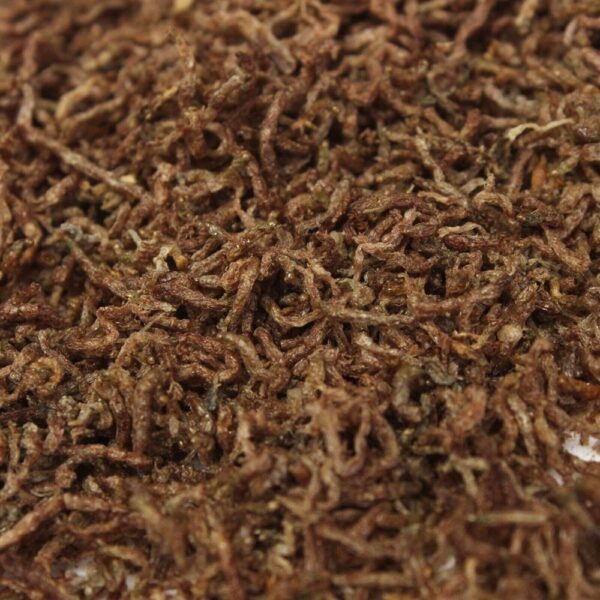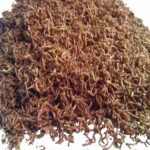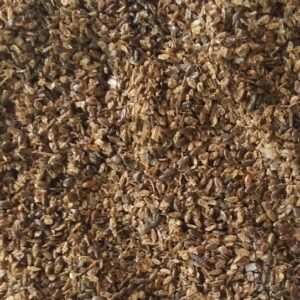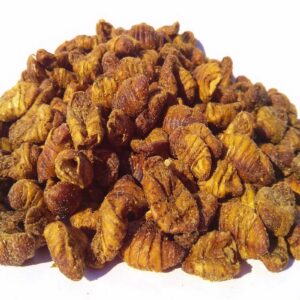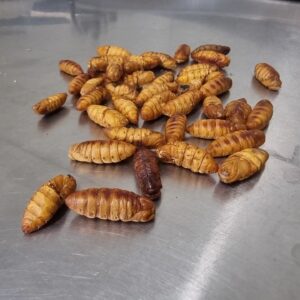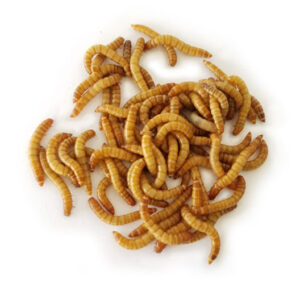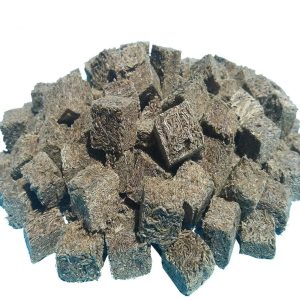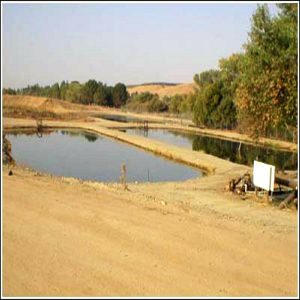Loose Bloodworms, Freeze Dried for Carnivorous Plants
$12.00 – $19.00
Ingredients: 100% all Natural Bloodworms
Approx. Analysis: Min. Crude Protein 53%, Min. Crude Fat 2%, Min. Crude Fiber 19.5%, Max Moisture 4.5%
Freeze-dried bloodworms can also be beneficial for carnivorous plants, particularly those that naturally consume insects. Here’s why they can be beneficial:
- Nutrient Content: Bloodworms are rich in nutrients such as protein, which carnivorous plants can absorb and utilize for growth and development. These plants have evolved in nutrient-poor environments, so supplementing their diet with nutrient-rich foods like bloodworms can enhance their overall health and vigor.
- Simulates Natural Prey: Carnivorous plants have adapted to capturing and digesting insects as a source of nutrients. Freeze-dried bloodworms closely resemble the size and texture of small insects, making them an ideal food source that mimics the plants’ natural prey.
- Convenience: Freeze-dried bloodworms are convenient to store and use. They have a long shelf life compared to live insects and are easy to portion out for feeding carnivorous plants.
- Diversity in Diet: Offering freeze-dried bloodworms provides carnivorous plants with dietary variety. While many carnivorous plants primarily rely on insects, supplementing their diet with bloodworms ensures they receive a broader range of nutrients, potentially leading to improved health and vitality.
- Stimulation of Traps: Some carnivorous plants have active trapping mechanisms, such as the Venus flytrap’s snap traps or the sundew’s sticky tentacles. Feeding them bloodworms can stimulate these traps, encouraging the plant to exhibit its natural feeding behavior.
However, it’s essential to use freeze-dried bloodworms in moderation and as part of a balanced diet for carnivorous plants. Feeding them too frequently or exclusively with bloodworms may lead to nutrient imbalances or other issues. Additionally, some carnivorous plants may have specific dietary requirements or preferences, so it’s essential to research the particular needs of each species before offering bloodworms as food.


